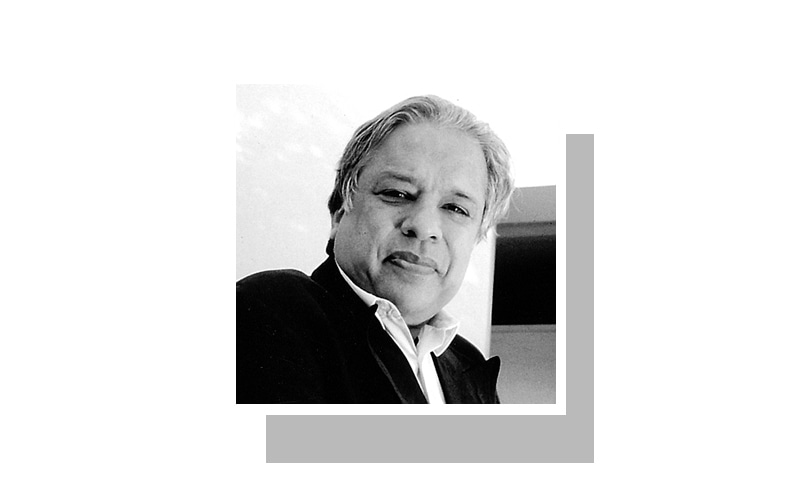THE vocabulary and concepts of neo-liberalism, rather than any philosophic understanding of it, have guided urban planning and policy, especially in the developing world, since the early 1990s. This has had a major impact in shaping the physical and social architecture of cities in the so-called Global South. The neo-liberal agenda has been aggressively pursued by international institutions and Western academia and their Third World dependants. However, this agenda has not only failed to deliver housing and infrastructure to low and lower middle-income groups, it has also promoted massive socio-economic disparity.
One cornerstone of neo-liberalism is that “it is not the business of the state to do business”. This has led to the state handing over many of its responsibilities to an exploitative private sector that, almost universally, has become more powerful than the state and now dictates urban development policies. We are also told that cities are ‘engines of growth’. However, we do not mention that the most vulnerable cities have declining resources and GDPs per capita. We are also told that instead of generating their own resources, cities should depend on ‘direct foreign investment’ from the international market. This concept has replaced planning with projects, most of which ignore larger environmental and social concerns, and the fact that the most needy cities are not investment or loan-worthy.
Another concept that has been promoted is that of the ‘world class city’. According to this, the city has to be recognised by some iconic architecture such as the highest building or fountain in the world. It is rumoured that the Karachi Port Trust fountain was built according to this concept. It is seldom operative and has not helped in accessing foreign investment.
Today, the global slum population is over one billion.
In addition, the city has to be branded for a particular cultural, industrial or other activity (such as Formula One or Fifa) and should also be an international event city for which it should bid. For the creation of spaces for these events (which the poor cannot afford to participate in), there have been large-scale evictions of poor families which have made them even poorer than before. In Delhi alone, for the Asian Olympics, over 500,000 persons lost their homes. In the case of the Beijing Olympics, the figure is even higher.
The concept also promotes the idea that housing should be accessed from the ‘market’. But, the market is unaffordable for low and lower middle-income groups whose only option is to seek homes in informal settlements. The latter are located today on the extreme fringe of rapidly expanding cities, far from places of work and social sector facilities. The only other option is to densify existing settlements to the extent of severe overcrowding, with all its social and physical repercussions.
The ‘world class city’ concept believes in the creation of high-rise apartments as opposed to upgraded settlements. This is in spite of the fact that, at an average, upgrading costs $325 per unit as opposed to $5,400 for apartments. Upgrading also preserves the existing socio-economic strengths of the community and through pilot projects we know that it provides a better social and physical environment than high- or medium-rise options while providing similar densities.
What is also promoted is the building of signal-free roads (which are considered investment-friendly infrastructures and are a living hell for pedestrians and commuters) rather than restricting the purchase of automobiles and managing traffic better. In their official literature, many cities in the world wish to be ‘world class’ cities including Karachi and Mumbai. If they had opted to be ‘pedestrian and commuter-friendly cities’, like Curitiba, their citizens would have been much happier.
In spite of targets, large-scale funding and promises, conditions have deteriorated. According to the UN, between 1998 and 2008, 18.59 million persons lost their homes for these reasons. This figure has now increased to 15m per year. In 1990, the global ‘slum’ population was 650m. Today, it is over one billion and continues to increase.
Neo-liberal development is all about gentrification and extracting the maximum value out of land at any cost. But gentrification that is at the expense of the most vulnerable sections of the population and which promotes inequity, divides the population along class and ethnic lines, and deprives people of homes and livelihoods cannot deliver conflict-free cities.
The statistics tell a sad story. However, the most serious repercussions of neo-liberalism are that its structure of thinking and concepts have made deep inroads into academia and professional institutions, many of which are producing unquestioning neo-liberals, teachers and practitioners, and creating an increasing gulf between the field and the people on the one hand and the classroom and planning practice on the other. An informed conversation on this crisis is necessary.
The writer is an architect.
Published in Dawn, July 17th, 2016












































